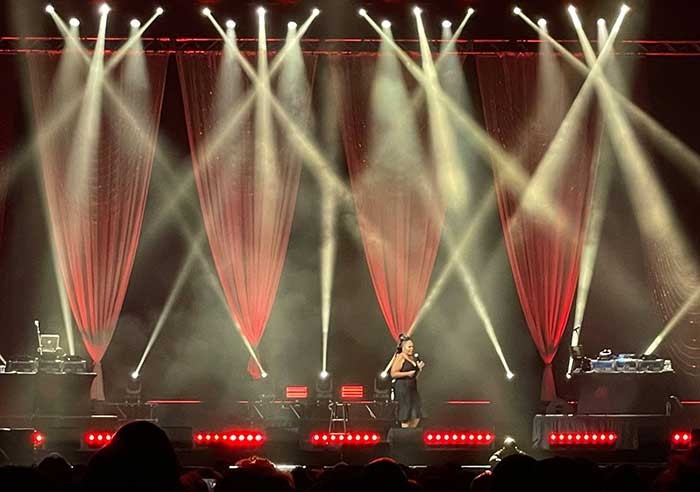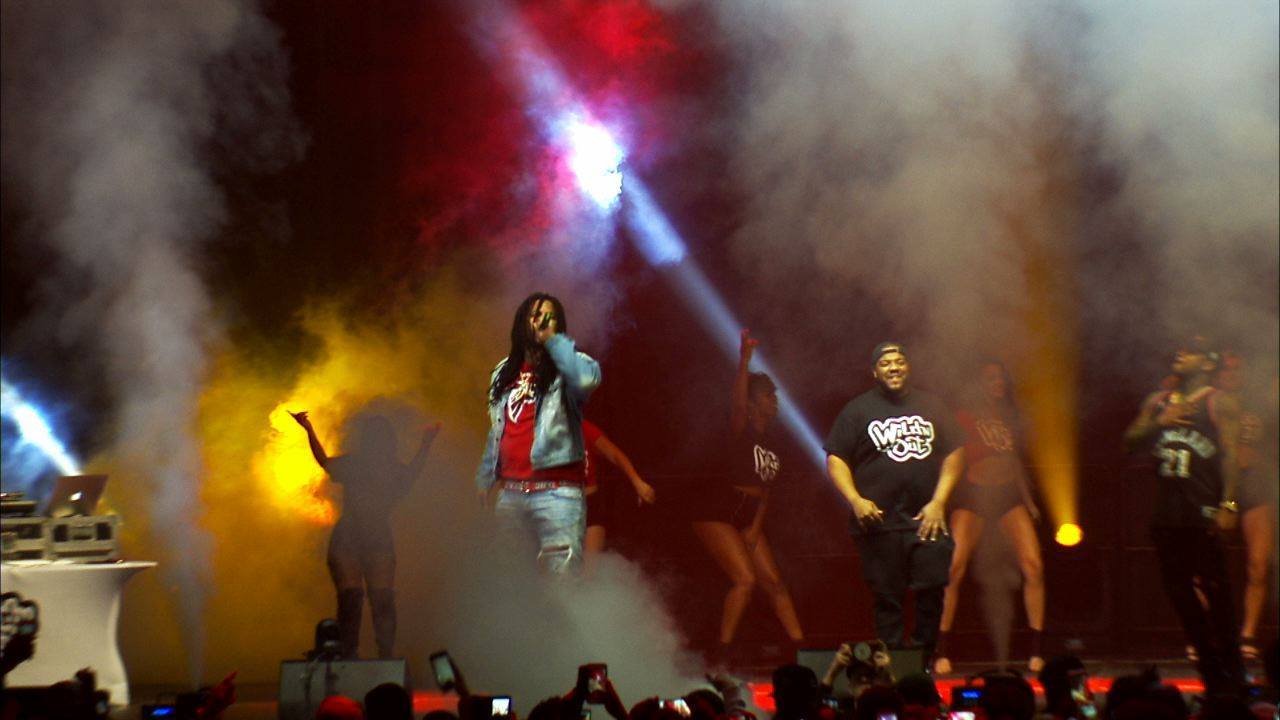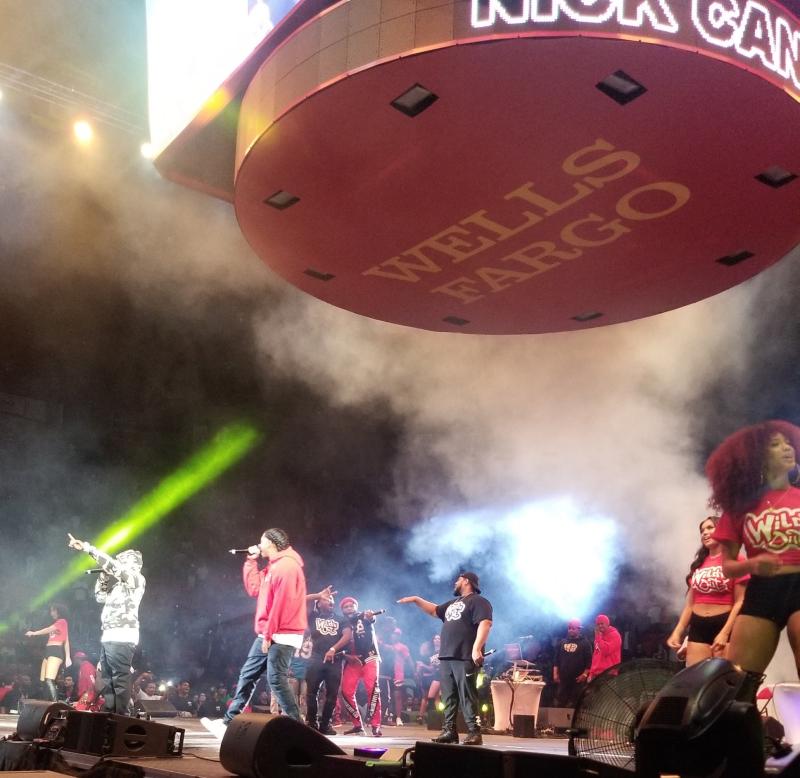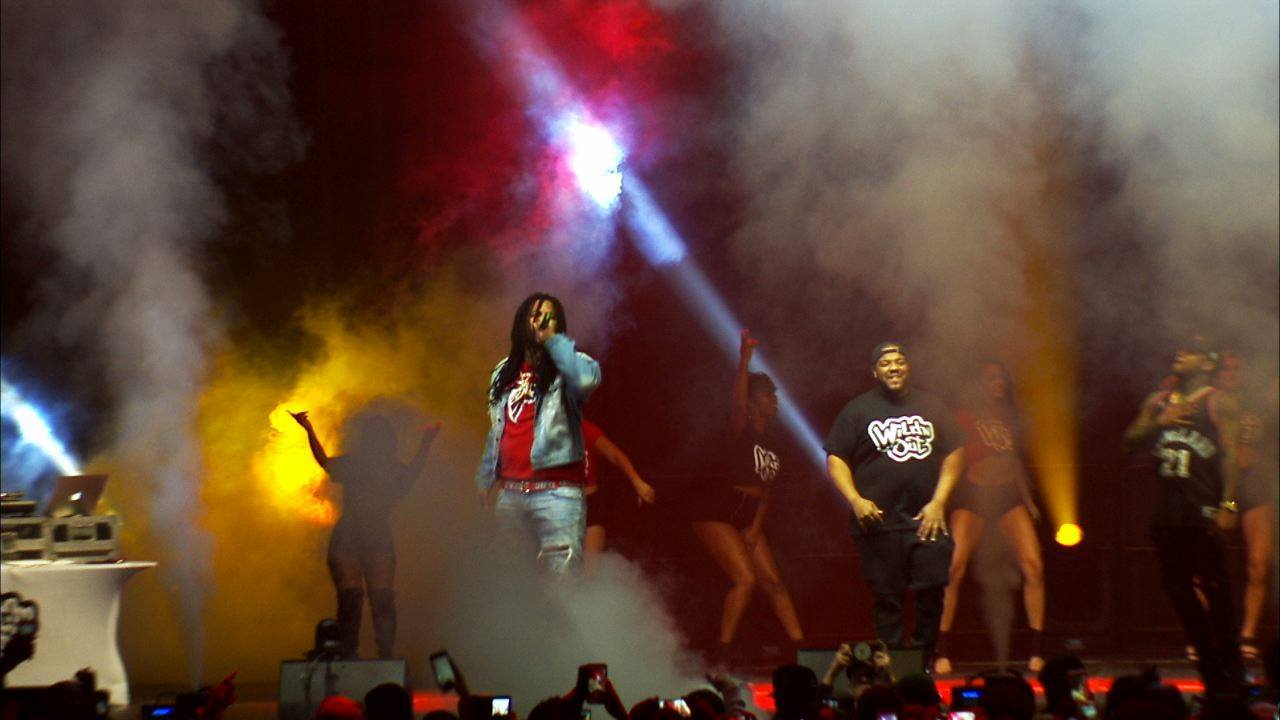Funny Business – Marc Wasserman on Lighting Comedy
Posted on April 5, 2022
Comedy isn’t funny, at least not for the comics who make us laugh. More often than not it’s the product of a lot of hard work, planning, research, and most of all, timing.
The same can be said about the process of lighting comedy shows. Sure, it doesn’t call for the special effects that animate rock concerts, not does it have much of the subtle changes found in theatre, but creating a supportive show for a comedian requires careful attention to detail, and an instinctive ability to stay in sync down to the micro second with the performer on stage.
On top of this, the lighting designer who tackles a comedy show has to figure out how to create ballyhoo moments on stage without a band tearing things up, or outsized scenic pieces commanding attention.

Marc Wasserman of 3 With 1 Grab Productions has become very adept at meeting these and other challenges when lighting comedy tours for the likes of Nick Cannon, Mo’Nique, and other giants of the genre. In this interview, he explains why effective comedy lighting is no laughing matter.
“People come to see comedy because it’s a great escape from all the concerns that surround us, especially in times like these,” Wasserman told us. “My goal always is to create the kind of atmosphere that pulls people into the show without distracting. What you want to do is create epic static looks that fit the style of each comedian and can live on in fans’ memories.” He then proceeded to give us this informative interview.
A lot of comedy acts take place in clubs, but some of your work for the Fall Back Comedy Tour and the various Nick Cannon tours have happened in arena like the Barcley Center in Brooklyn, Is there a difference in of how you approach lighting comedy in the different sized venues?
“Clubs and proscenium theatres typically have a house lighting grid that we use along with some additions, such as a floor package. On arena shows we are bringing in the equipment and building from scratch. Everything is scaled up and there can be some logistical considerations such as the number of trucks, packing and tour routing.”

How do you create the kind of intimacy comedy thrives on when you’re in a big club?
“I am known for creating epic looks, but for comedy I balance this by using upstage curtains with proper up-lighting and scenic elements. All of this is augmented by tight camera work projected on IMAG.”
How involved do comedians get in the way their shows are lit, compared to bands?
“Both situations require collaboration. However, a band will perform a set of songs that can call for specific lighting. When working with musical artists, you want to show them different looks (such as an aerial gobo projected in haze) and see what they like best. Typically, the comedians will leave it up to you as far as audio, lighting and set-design.”
So much of comedy is about timing. How do you get into the rhythm of a comic’s performance?
“That is correct — stand-up comedy does depend a great deal on timing. So, I study the style and cadence of each comedian. I also communicate with the comedian before the show in order to work out any specific cues or potential movement on stage.”

How does lighting comedy compare to lighting a concert? How does it compare to theatrical lighting?
“First of all, it’s important to note that stage lighting is in a renaissance period. Lighting and technology are evolving so quickly now, that from one year to the next lighting can become outdated. In comedy, your primary focus is on the comedian. Whereas lighting a concert is more about creating moods such as tension and release. Theatrical lighting relies heavily on scenes and dramatic effect, while a comedy show is all about the performer making a direct connection to the audience.”
In the Fall Back Comedy tour you lit several different comics. How did your reflect the distinct personalities of the different acts?
”My goal is always to showcase the performer on stage in the best way possible. I research the artist and their previous performances – even if I’ve already worked with them in the past. Also, I adjust lighting to enhance the performer’s wardrobe.”
What is the biggest challenge about lighting comedy?
“I try to maximize the artistic impact while working within budget and logistics.”
How about the best thing about lighting comedy?
“The reward of hearing your audience respond with uncontrollable laughter.”